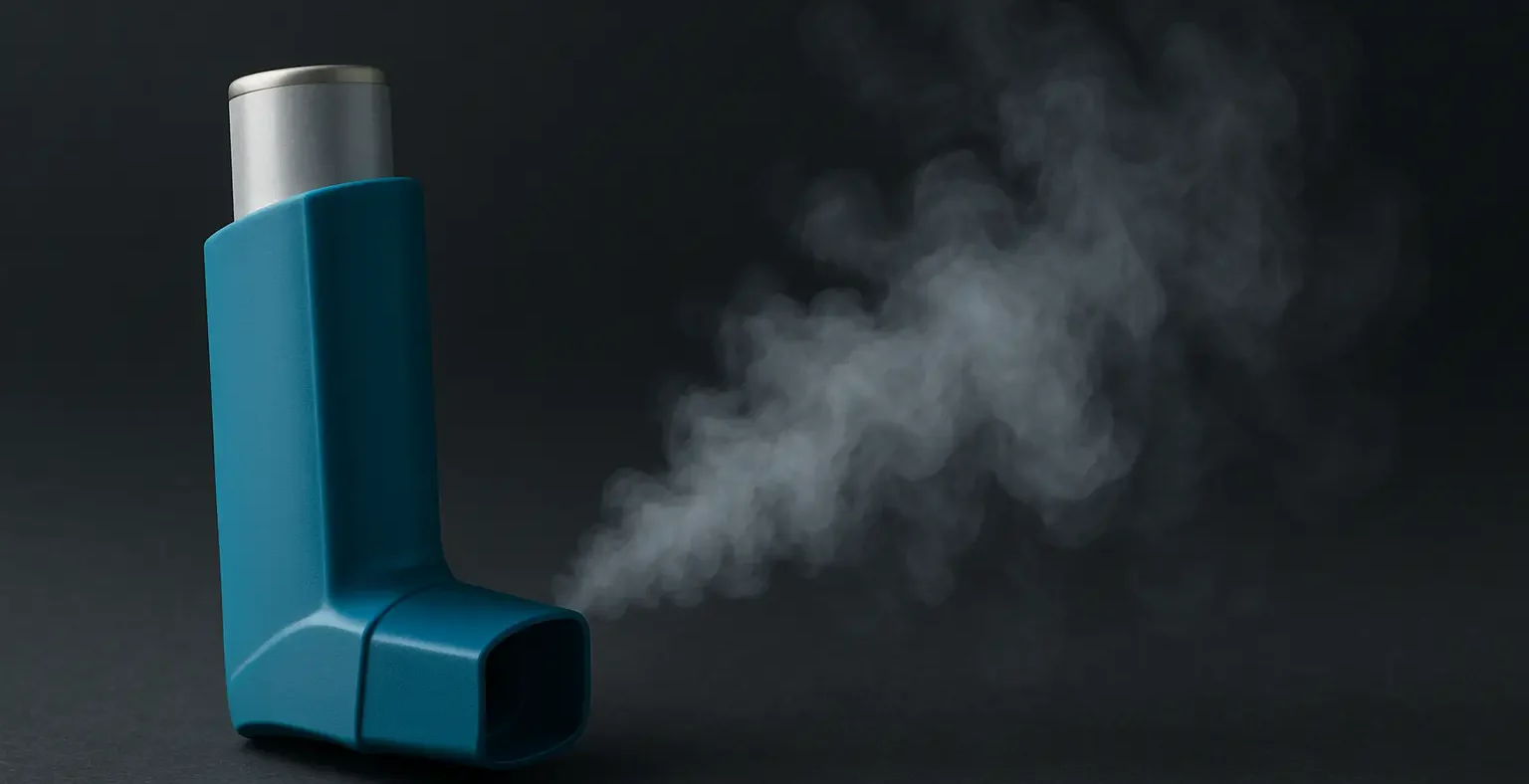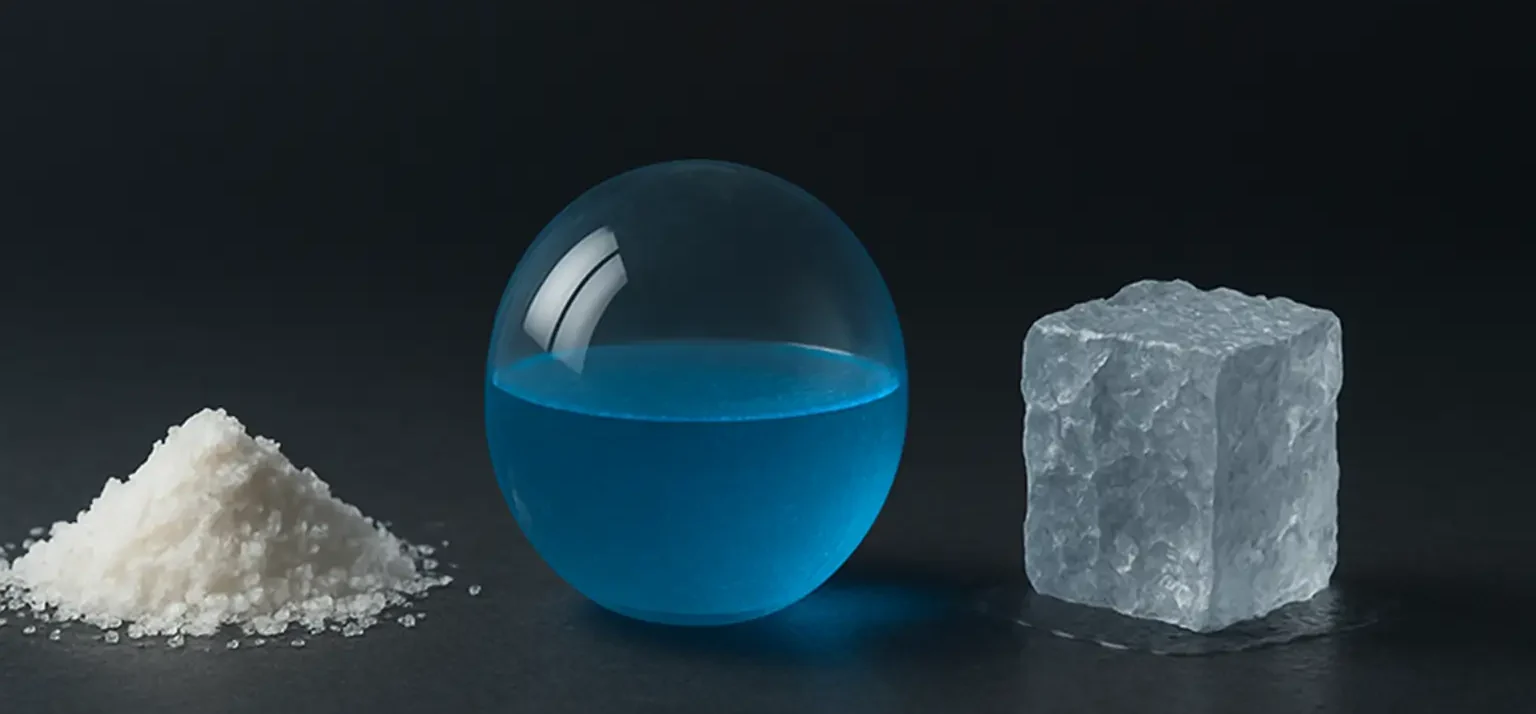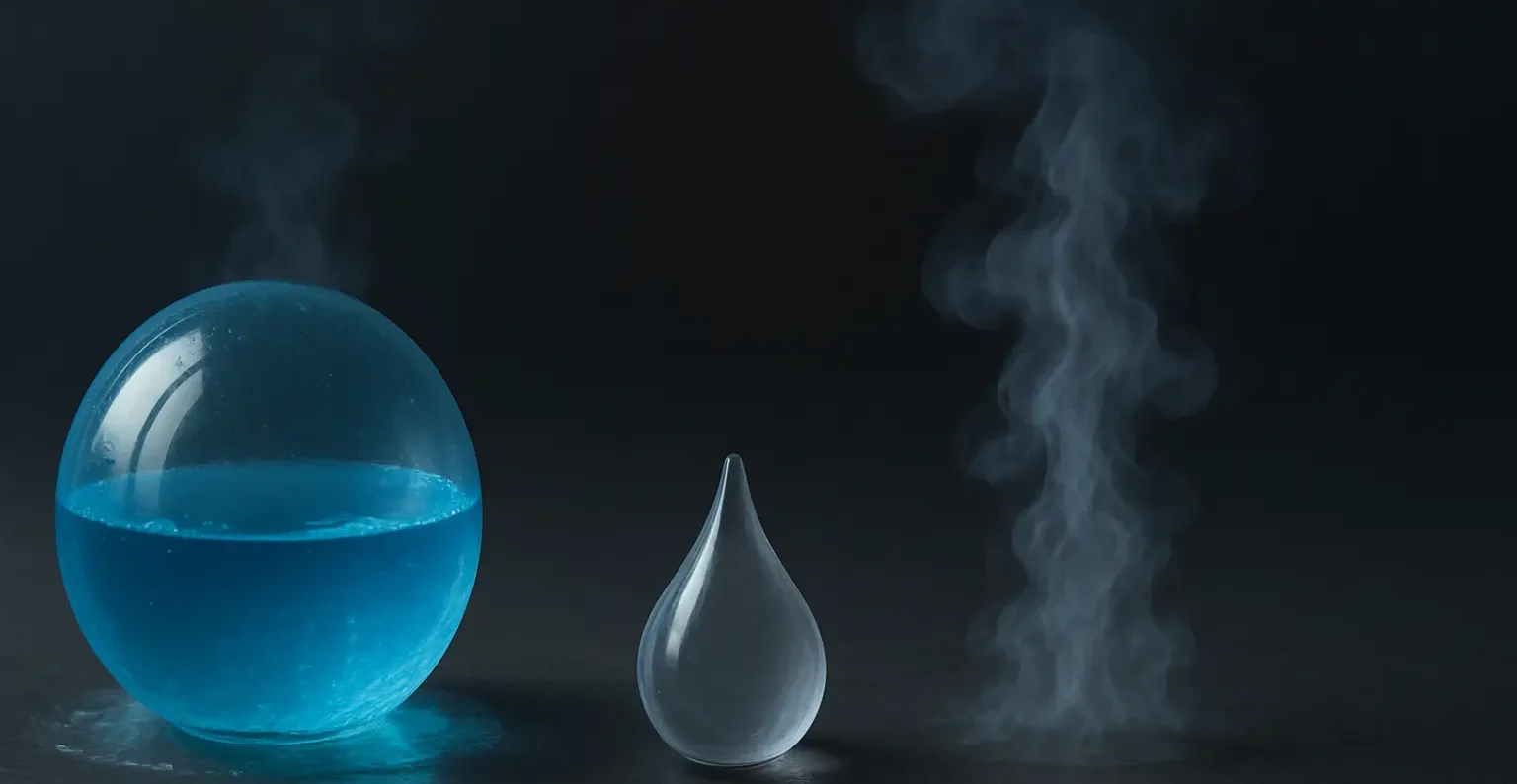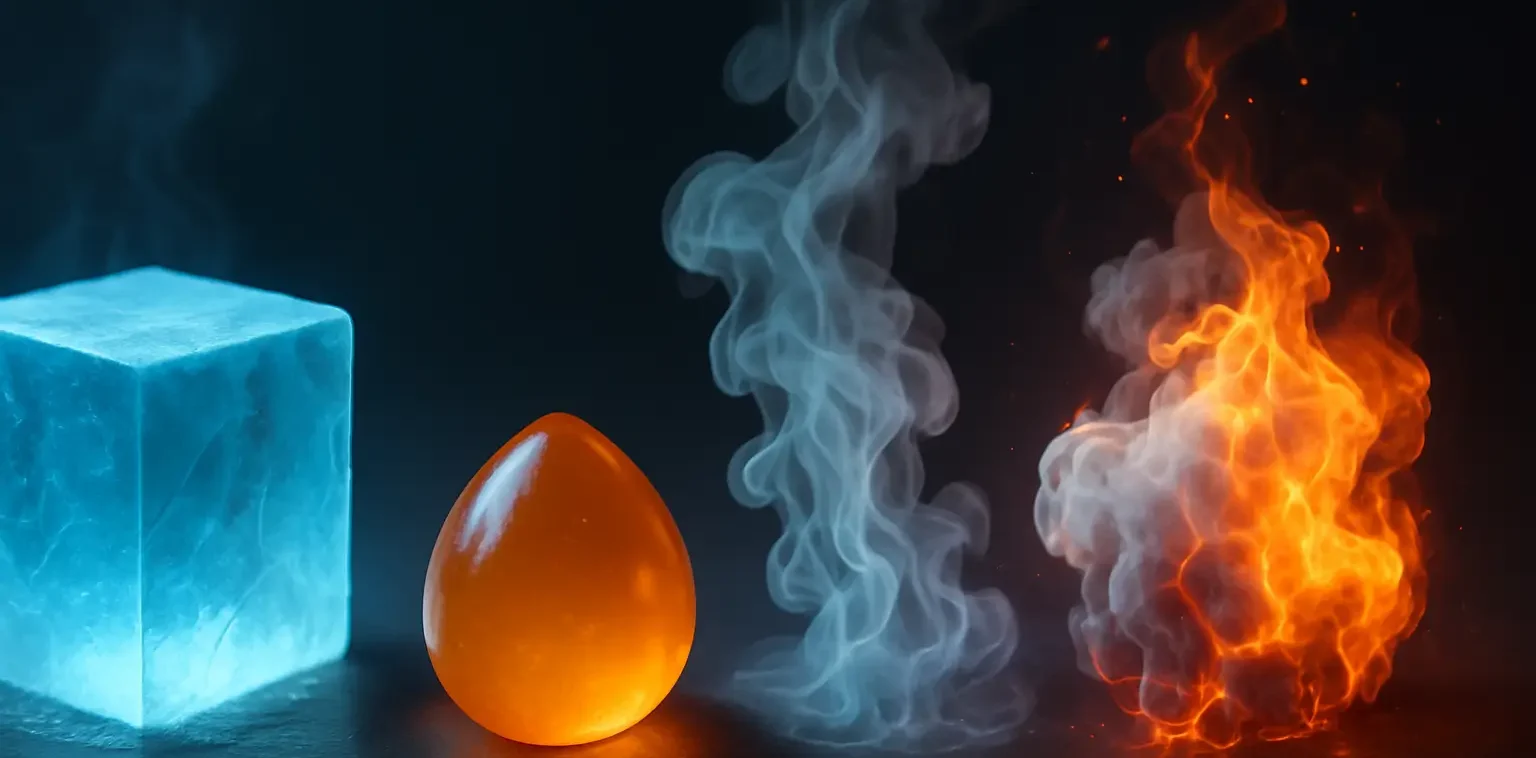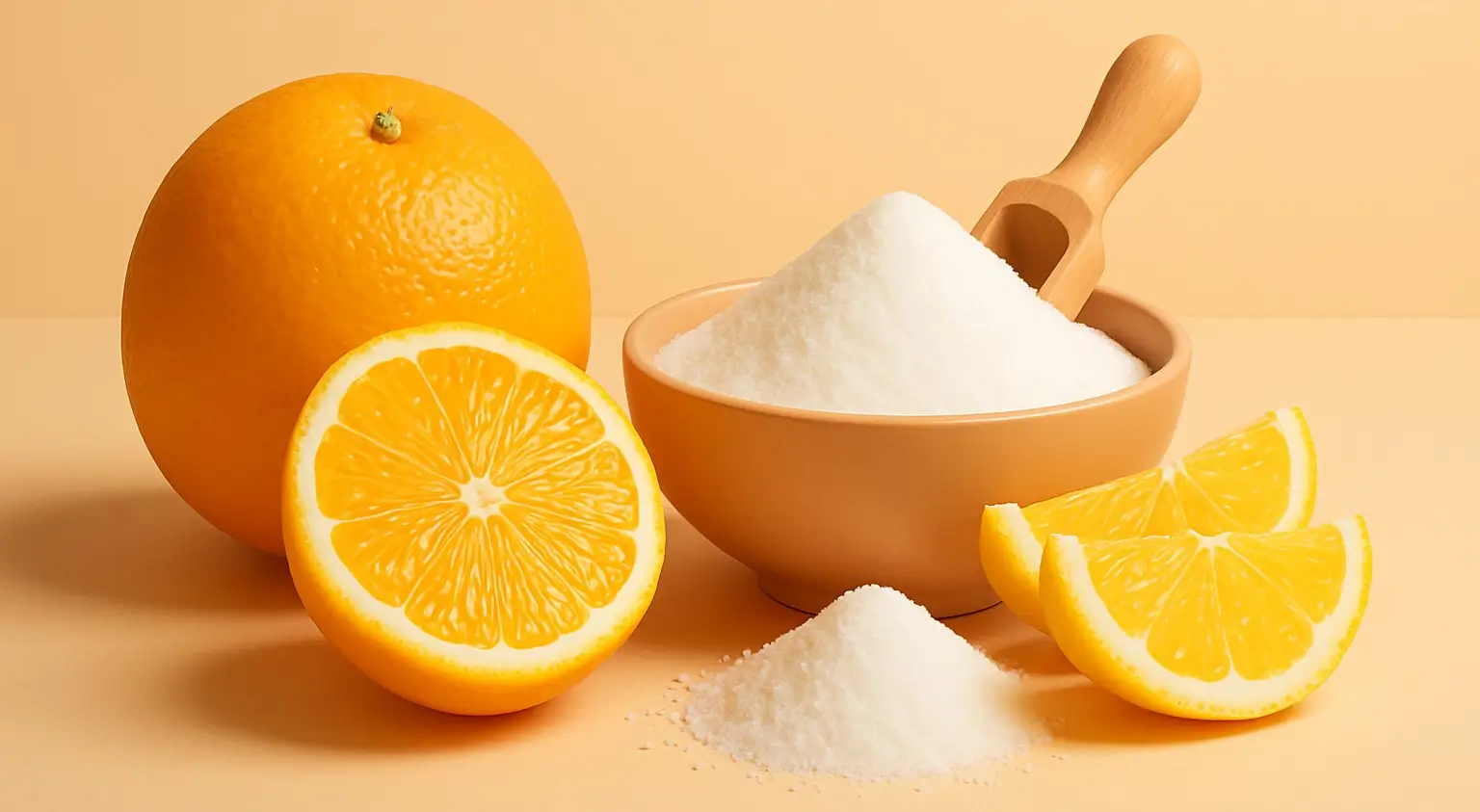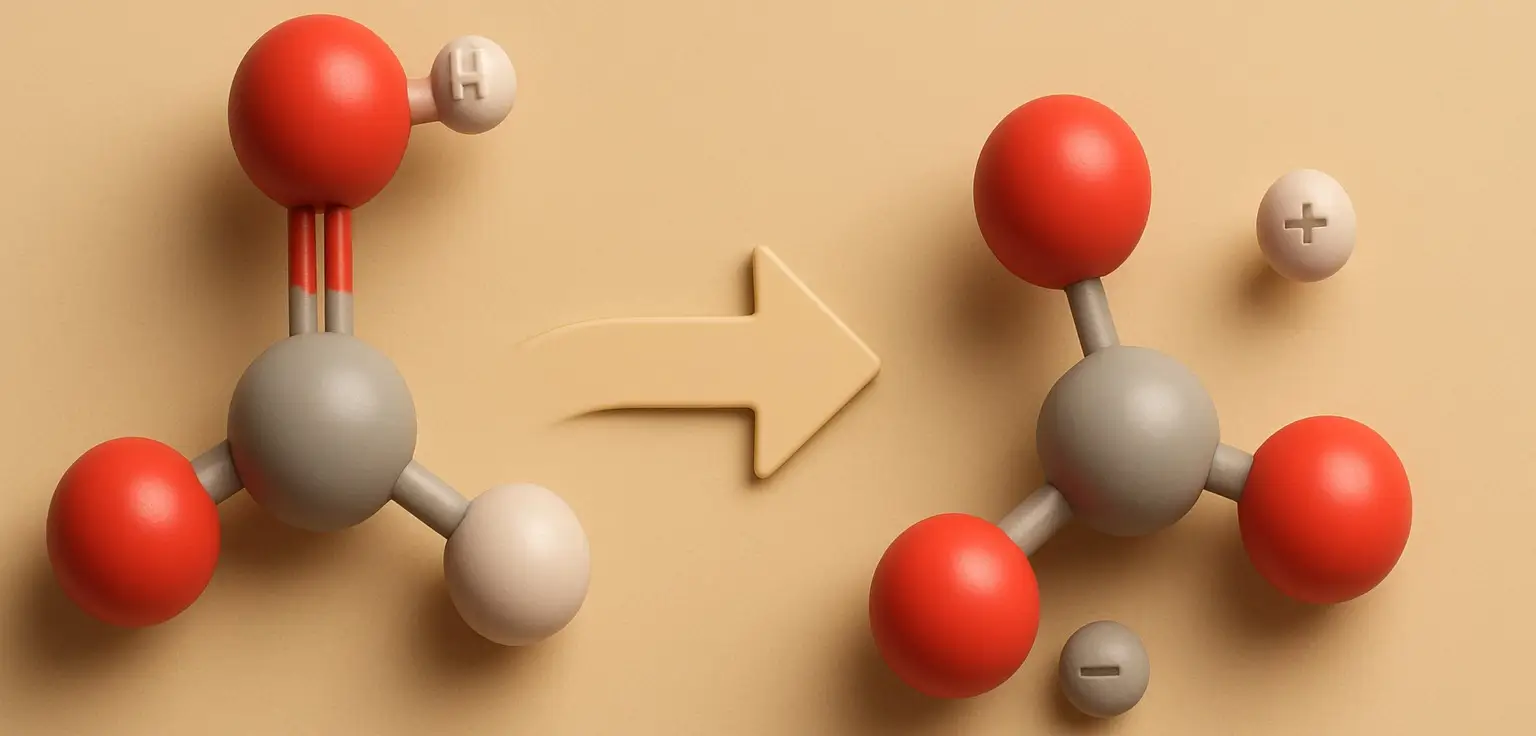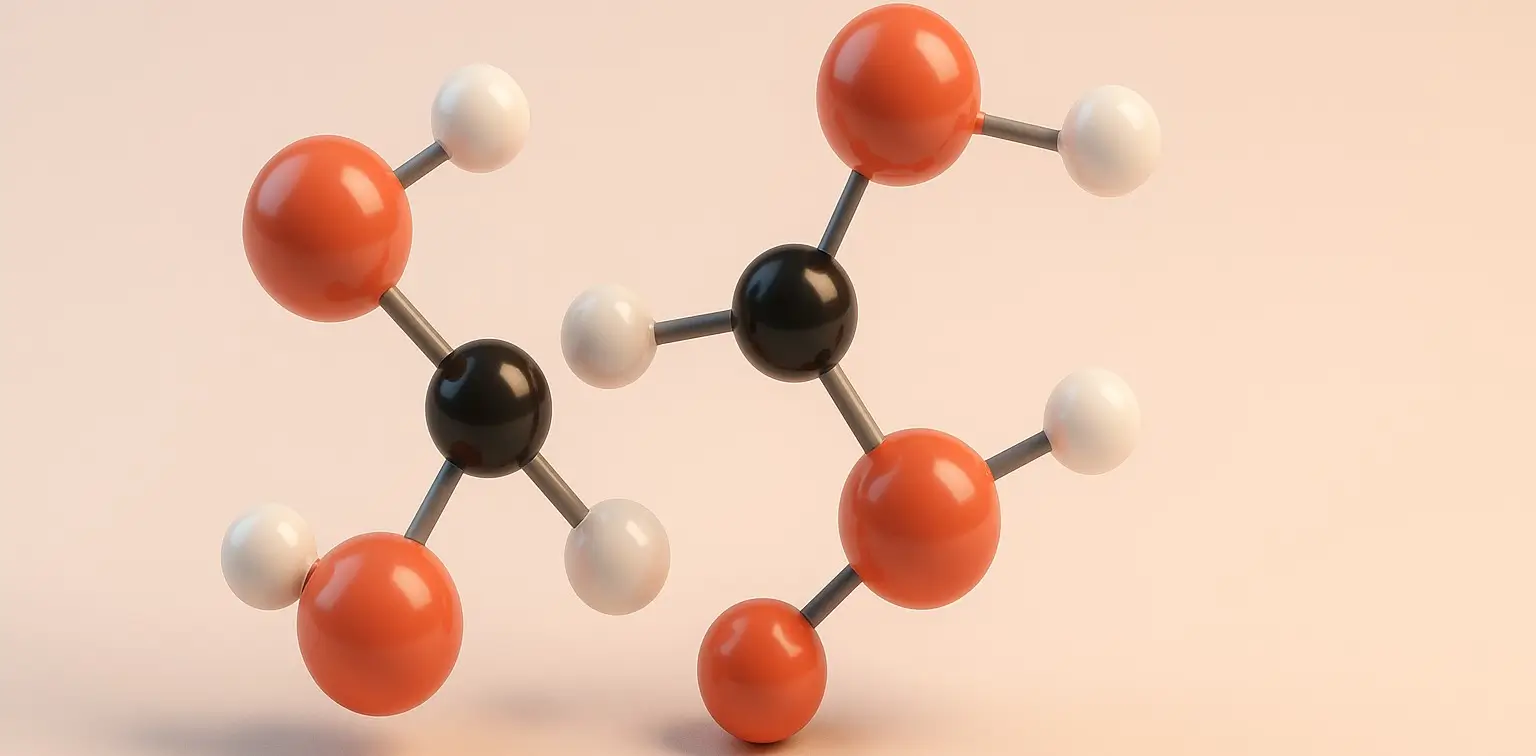Relative Humidity
Definition of Relative Humidity: It is the ratio of the current amount of water vapor in the air to the maximum amount of water vapor the air can hold at that temperature, expressed as a percentage. Formula of Relative Humidity: RH = (Actual Vapor Pressure / Saturation Vapor Pressure) × 100 Importance: Weather Forecasting: RH … Read more


